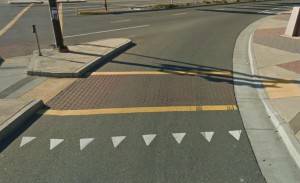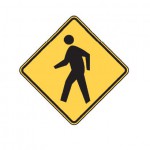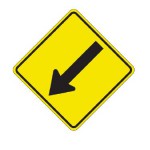A lot of work goes into deciding what road signs and pavement markings look like and where they are located, but they can still be confusing. To help clear things up, below are the short answers to a few common head-scratchers you’ll find on the road.
Why are some crosswalks white and some yellow?
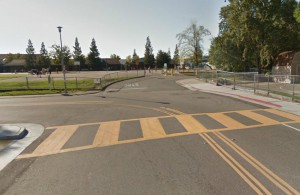
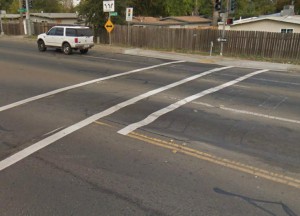
Yellow crosswalks are school crossing locations, and their color alerts drivers to expect children to be crossing there. Other than that, they have the same meaning for pedestrian and driver use.
What are these triangle things?
They are a yield line, sometimes referred to as “sharks teeth,” and drivers are supposed to yield at the point of the triangles until it is safe to proceed. You may see yield signs accompanied by a solid while line across the road. That is an outdated style of yield line, but you should still yield when you come to one. Notice that in this location, the yield line is in advance of a crosswalk (close to a school because it’s yellow), showing the driver where to stop if a pedestrian is crossing.
What is the difference between the sign with the one pedestrian on it and the sign with two pedestrians holding purses on it?
The sign with the one pedestrian means be alert for people walking. The sign with the two pedestrians means the same thing for school zones, and I think those are supposed to be books. In either case, if there is a diagonal arrow sign mounted below, it is pointing at a location where pedestrians might be crossing the roadway. The small rectangular diagonal arrow should not be confused with the large diamond diagonal arrow,which indicates the point where a road narrows.
Let us know if you’re stumped by something you see on the road and we’ll explain it in the next post.
